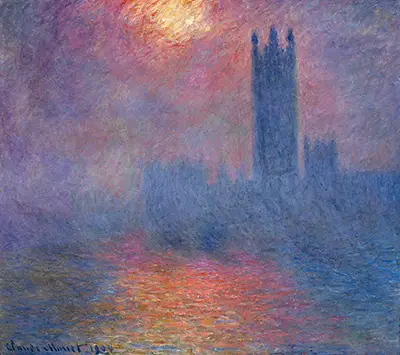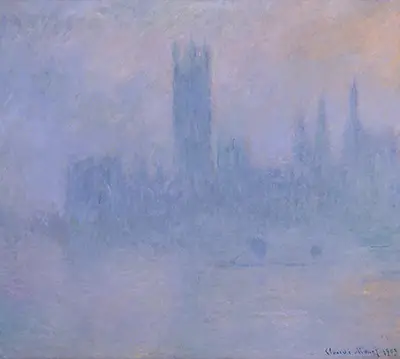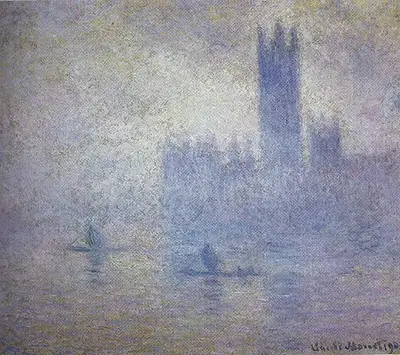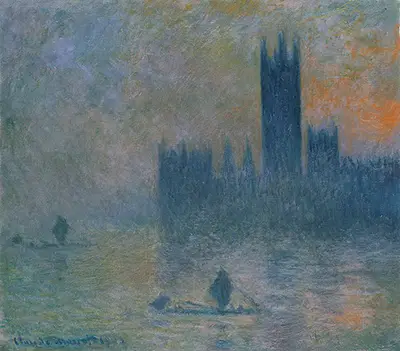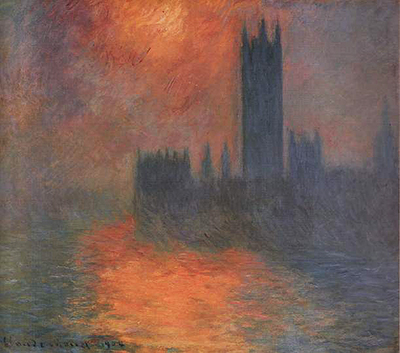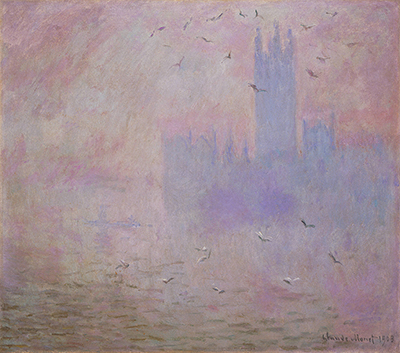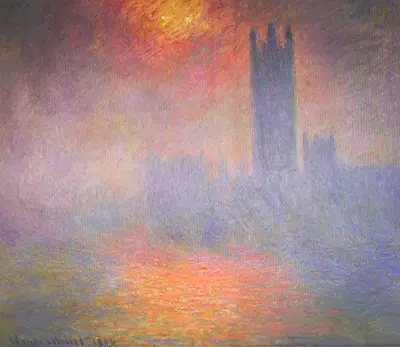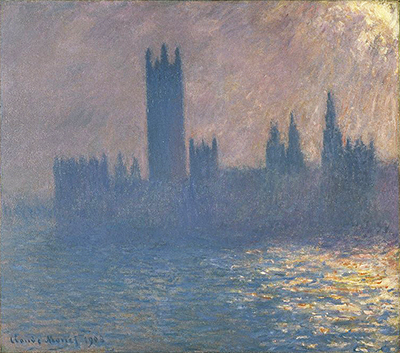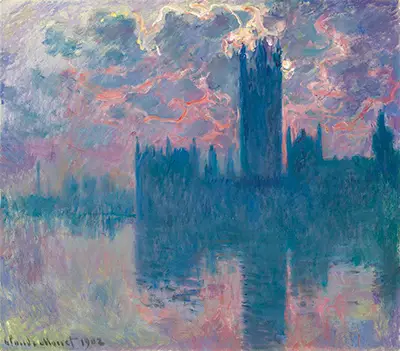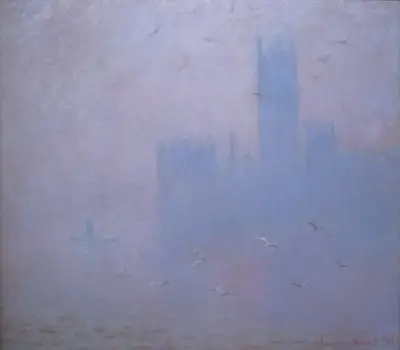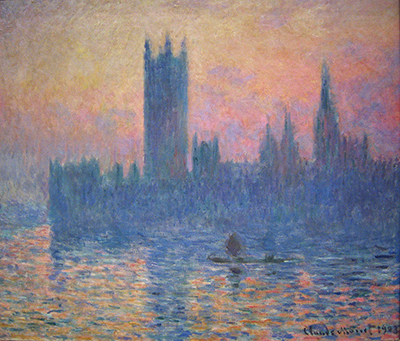Each showing his mastery of the Impressionist art movement he is synonymous with, each study allowed the artist to demonstrate his flair, sophistication and control of light through oil on canvas. Taken from original studies from 1899 to 1901, the number of works Monet produced of the Houses of Parliament and the Palace of Westminster, the home of the British Government, is not fully known. Nineteen are documented thoroughly in art houses and galleries of the world but, a favoured subject of his, the exact number remains unknowable in many respects. Each work Monet produced of the subject is from the same vantage point. The Palace of Westminster, which sits on the north bank of the River Thames in London, is being viewed from the opposite bank, from a easterly direction.
It is the view from Monet's room at St Thomas' Hospital. A hospital which still stands to this day, many thousands of hospital patients would have experienced similar vistas to those inviting Monet to pick up his brush. The thousands walking across Westminster Bridge every day will also get similar views. Though all nineteen works feature Westminster Palace and the Houses of Parliament pictured in the same setting in regards to location, each is strikingly different. Set at different times of the day and at different times of the year, the viewer is shown the heart of British power reflected through the changing light, the evolving seasons and changing times.
Also marked on this pieces of study are the scenes taking place on the river. Still very much a hub of work at the time the series was painted, we are often given an insight into the daily machinations of one of the works greatest cities. We do not get this here though – this is serenity with a somewhat of a mystical quality. This work, titled London, Houses of Parliament. The Sun Shining through the Fog shows the subject with the setting of the autumnal sun. The sun is probably burnishing through a smog – synonymous with the British capital of the time – rather than just a fog as the title would suggest.
The view we are presented with shows The Victoria Tower – at the western end of the palace. Named after Queen Victoria, the construction had been standing for about 40 years before Monet took his brush to the task of its capture. Not in view is the now titled the Elizabeth Tower. At the time of the study this was known as St Stephen's Tower, and is now commonly referred to as Big Ben internationally. This sits at the eastern end of the palace. Taken from such an extensive series it is clear what the intention of Monet is – such with him being ruled by colour throughout his career. The viewpoint and the light offered to the artist with such a stunning and seminal subject, and the foreground of the tidal Thames, it allowed him to explore the dance and movement of direct and ambient light.
This exploration reveals an ethereal scene with the palace appearing only barely lit by the sun through the gathering fog and London smoke. With a condensed mauve and orange palette, the separation between water and stone is not always clear, as the two entities seem to merge – disrupted only by the sun's emergence and reflection from the Thames. The piece, signed and dated 1904, is one of the works which saw a different approach from Monet. Despite attracting much criticism at the time, most of these works were produced with the help of later photographs to produce the final execution.
